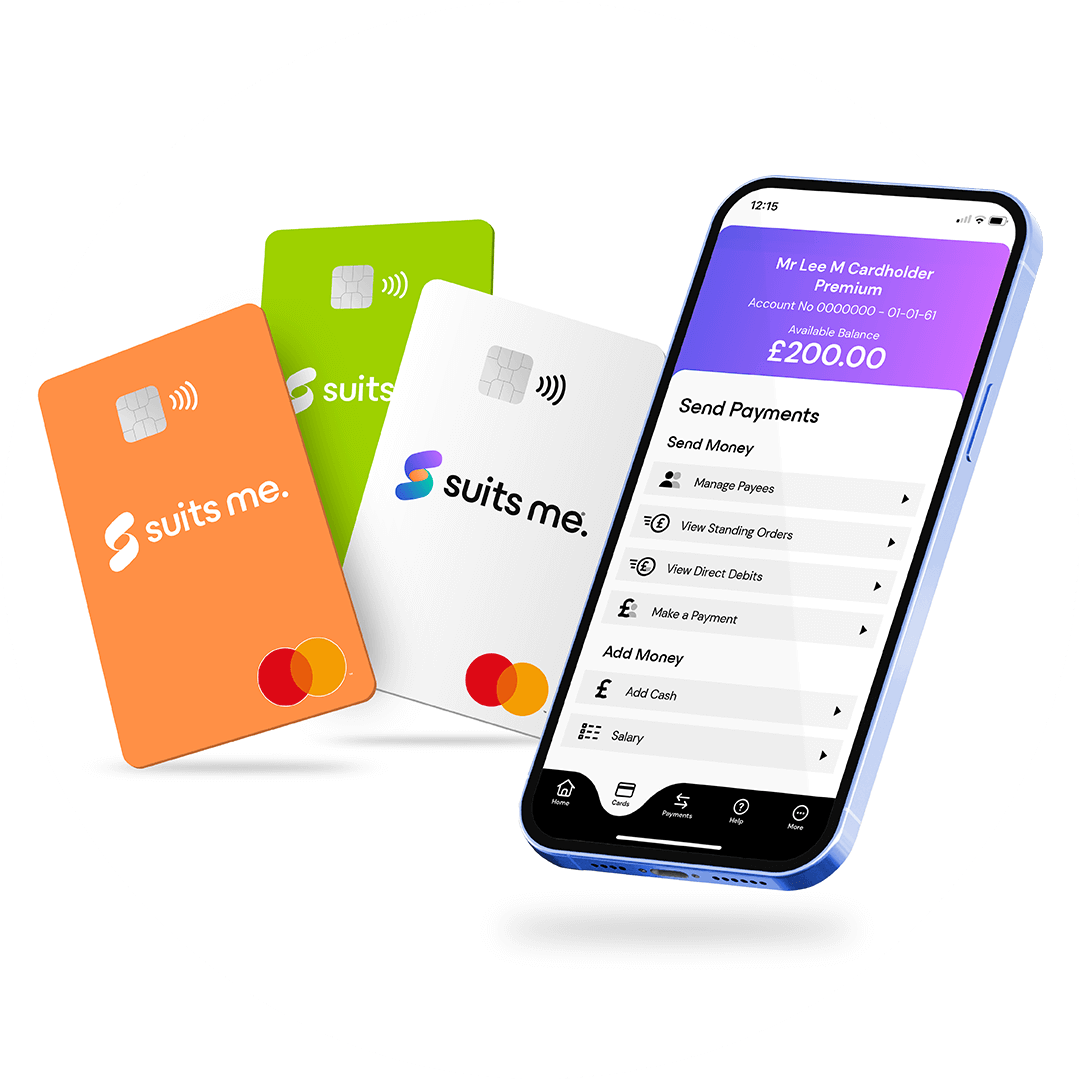
With the surge in digital banking, many processes which normally took days can now be done in hours and even minutes. One such process is sending money from one banking account to another. It’s a process that many of us may take for granted nowadays, but also something which many businesses couldn’t do without. In the UK, sending money has become much more efficient by a service known as Faster Payments.
What are Faster Payments And How Do They Work?
The are exactly as described. It’s the process by which money is moved electronically from one bank account to another. Many businesses will use Faster Payments to pay third parties, such as suppliers. The system first came into effect in May 2008 in the UK.
Over 20 of the UK’s banks and building societies use the Faster Payment service. In order to carry out a transaction using this service, both banking accounts must be with banks which are part of the Faster Payments system.
Certain banks can have limits on how much money can be transferred at any one time. However, because these payment types are used by a lot by businesses, some of the upper limits can be as much as £250,000.
How do Faster Payments work?
For the user, Faster Payments are pretty straightforward, but there is a lot of legwork that has to go on between the banks to complete the process. It’s also worth noting that there are four different types of Faster Payment options.
These are:
- Single immediate payments
- Forward-dated payments
- Standing orders
- Direct corporate access payments
Both single immediate payments and forward-dated payments are one-off’s. These can be created using your bank account, either using online banking or your mobile banking app or even in a bank branch. A single immediate payment will be made straight away and arrive in the recipient’s bank account within hours. A forward-dated payment can be scheduled to transfer the funds at a particular time and date.
A standing order is a regular payment which involves paying a set amount to another bank account on a regular basis, such as monthly.
Direct corporate access payments are more complex and usually used by larger businesses. This allows a bank’s business customers direct access to the Faster Payments Service, allowing them to send larger and multiple amounts in one transaction.
Security Features
Simply sending money from one bank account to another can come with potential dangers. For a start, what if you accidentally type the wrong account number and your money gets sent to someone you don’t know and you have no way of recovering it.
The Faster Payments system not only makes it easier to send money but makes it harder to send it to the wrong person. When you create a payment, you are effectively instructing your banking provider to send money to another bank account. Your bank will start by verifying your identification. If you are paying using online banking, this is usually done by logging on to your account.
You must then enter the details of the account you wish to make payment to and you may then have to use an OTP (one-time-password) or be asked to enter your password again..
This may be your part done with, but the bank will hold the payment while it carries out some more checks. They will then forward it to the Faster Payment Service who will then pass it on to the receiving bank.
Before they can credit their customer’s bank account with the money, they will check to see if the account number, sort code and name on the account all match up. Then they will move the money into the respective account. This may seem like a long process, but it happens fairly quickly and funds can be transferred usually in less than two hours.





